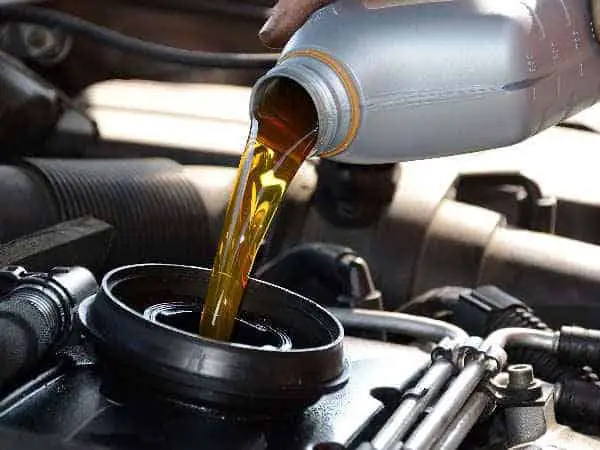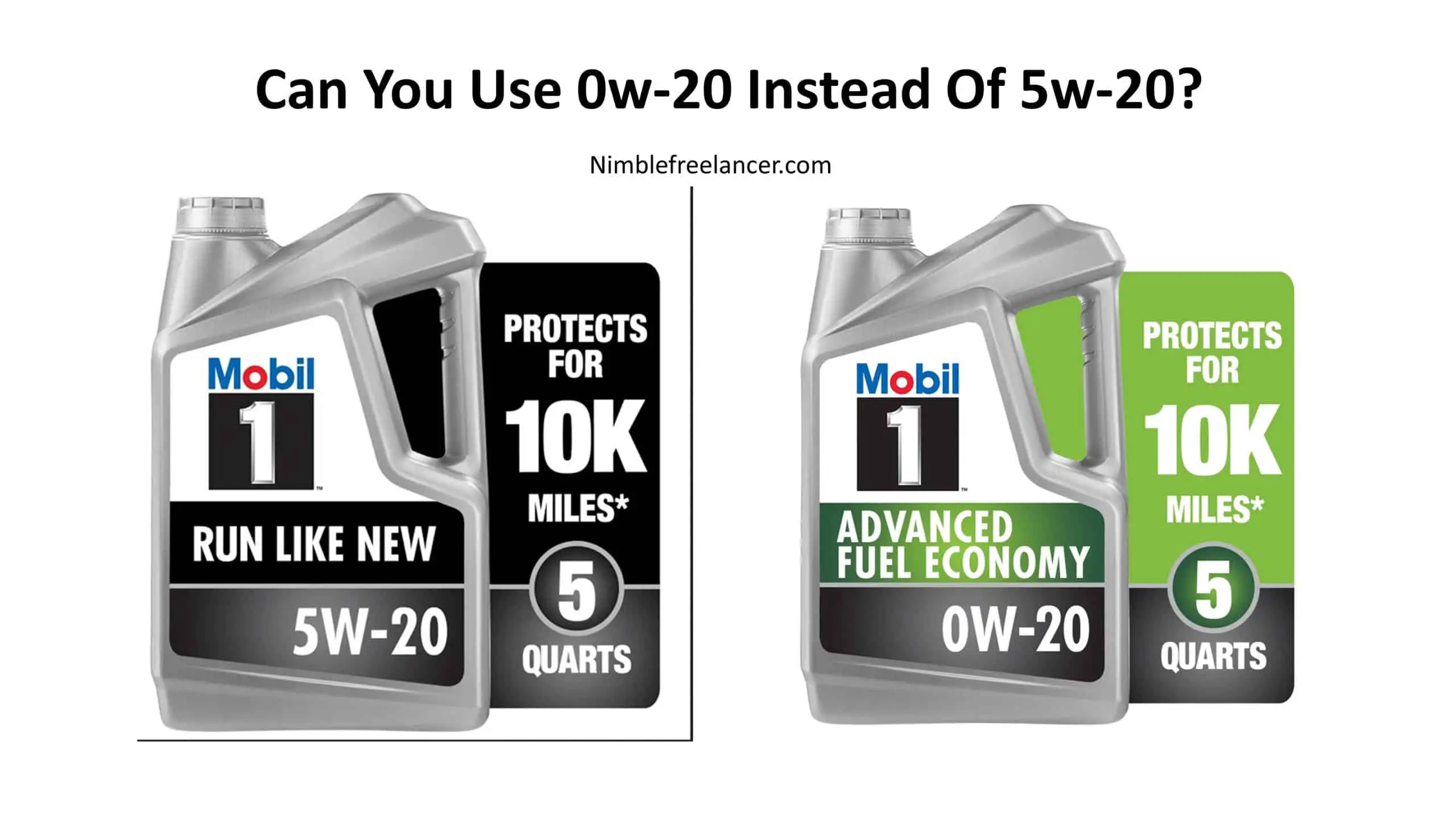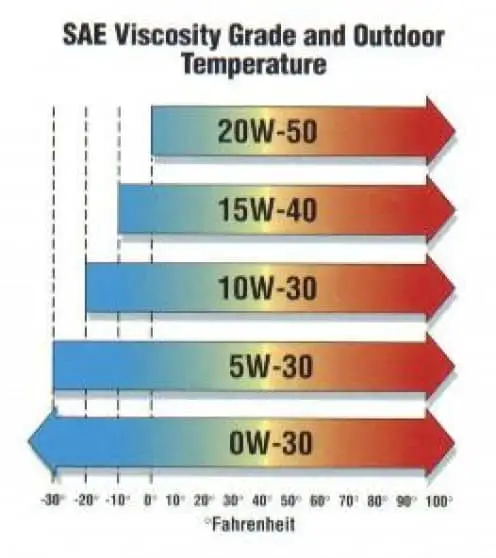Providing proper maintenance services for your vehicle is the ultimate way to keep it in upkeep position and condition. If your car is habitually checked, maintained, and assessed, the passengers will likely experience a safe and secure ride. There is a manual and user’s instruction guide which provide commands on the once-a-month upkeep of the car.
As a car owner, you must acquaint yourself with this manual, the working of the tires, clean air filters, thoroughly check belts and hoses, and replace existing brake issues and wiper blades if required. By keeping a check on these factors, you can increase the average life of your car by giving it golden years. Some of these factors are easy to follow, mitigate the effects of potential car accidents, and save money for a more significant predicament if the car is being modernized frequently.

Automotive engine oils are designed to fulfill various roles within a vehicle, from lubricating moving parts to reduce friction and wear and even helping to cool the engine. Among the myriad types available, two common ones are 5W-20 and 5W-30. You might find yourself in a situation where you only have these two oils and wonder whether they can be mixed. This article aims to explain whether it’s okay to mix these oils and what potential effects this might have on your engine.
You can read our article Can I Use 0w-20 Instead of 5w-20 with a similar topic and Can I Use 10w-30 Instead of 5w-30?
Can You Mix 5w-20 and 5w-30?
Technically you can mix 5w-20 and 5w-30 because there’s no chemical incompatibility between these two oil grades. This means that if you are in a pinch and only have a mix of these two oils available, you can use them without causing immediate damage or harm to your engine.

The difference between 5w20 and 5w30 engine oil is essential for car owners to understand. The two different types of motor oil are specifically formulated to suit other vehicles, and choosing the right one can make all the difference in maintaining a healthy engine.
While mixing 5w-20 and 5w-30 is technically possible, it’s not recommended as a regular practice because the following reasons:
- Viscosity Differences: The numbers “5w-20” and “5w-30” represent the viscosity ratings of the oils. The first number (5w) indicates the oil’s viscosity at low temperatures, while the second (20 or 30) represents its viscosity at high temperatures. Therefore, mixing these two oils would result in an oil blend with a viscosity between 20 and 30, which may not provide the ideal lubrication properties specified by the manufacturer for your engine.
- Engine Wear and Performance: Motor oil viscosity is critical in maintaining proper lubrication and protecting engine components. Using an oil blend with a viscosity that deviates significantly from the manufacturer’s recommendation can affect the oil’s ability to flow optimally throughout the engine. This may increase friction and wear and reduce engine performance over time.
- Temperature Considerations: Engine oils are formulated to offer the best protection and performance within specific temperature ranges. 5w-20 oil is designed for colder climates, while 5w-30 is more suitable for moderate to warmer temperatures. Mixing the two compromises the oil’s ability to perform optimally at either extreme. The oil may not flow as effectively in colder conditions, leading to potential startup issues and inadequate lubrication. The oil may thin out more than desired in hotter conditions, potentially reducing its lubricating properties and thermal stability.
- Additive Interactions: Motor oils often contain various additives that improve their performance characteristics, such as detergents, dispersants, and anti-wear agents. Different oil brands and formulations may have varying additive packages. When mixed, there is a possibility of additive interactions that could alter the chemical composition and performance of the oil blend. This can lead to reduced effectiveness of the additives and potentially harmful effects on engine protection and longevity.
- Warranty and Manufacturer Recommendations: Automakers specify particular engine oil grades and viscosities based on extensive testing and engineering considerations. Following these recommendations helps ensure optimal engine performance, fuel efficiency, and longevity. Conversely, by deviating from the manufacturer’s guidelines and mixing oils, you may void your warranty and risk compromising your engine’s overall health.
The reason lies in the specific needs of your vehicle.
Automobile manufacturers recommend a specific oil viscosity for each engine based on factors like the engine’s design, average operating temperature, local climate, and even specific driving conditions (e.g., city vs. highway driving). Therefore, using an oil with a different viscosity than recommended could lead to less than optimal engine performance and, over time, potential engine damage.
When you mix 5W-20 and 5W-30, the resulting mixture’s viscosity will be between the two grades. Therefore, if your vehicle is designed for 5W-20 oil and you introduce a higher viscosity oil, it might lead to increased engine wear, as the thicker oil may not flow as easily into all the engine’s nooks and crannies. Conversely, suppose your engine is designed for 5W-30 oil, and you introduce 5W-20. In that case, the lower viscosity oil might not provide adequate lubrication at higher temperatures, leading to increased engine wear.
Understanding Oil Viscosity Ratings
Before delving into whether mixing these two types of oil is safe, it’s essential to understand what the numbers and letters in 5W-20 and 5W-30 mean.
The number before the ‘W’ (for Winter) represents the oil’s viscosity at cold temperatures, i.e., how easily it flows. The lower the number, the less dense the oil is at cold temperatures, which is ideal for starting your car in cold weather. Thus, both 5W-20 and 5W-30 have the same cold-start viscosity.
The number after the ‘W’ represents the oil’s viscosity at high temperatures (100°C). The higher the number, the thicker the oil is when the engine runs at operating temperature. Hence, 5W-30 oil is thicker at high temperatures than 5W-20.

The Bottom Line
In summary, while mixing 5W-20 and 5W-30 engine oils is possible, it’s not recommended as a routine practice. Instead, it’s always best to use the specific oil viscosity recommended by your vehicle’s manufacturer to ensure optimal engine performance and longevity. In a pinch, mixing the two won’t cause immediate damage, but consistently using the incorrect viscosity can lead to long-term engine wear. If unsure, consult your vehicle’s owner’s manual or speak with a qualified mechanic. Remember, the health of your engine relies heavily on the quality and type of oil you use.
